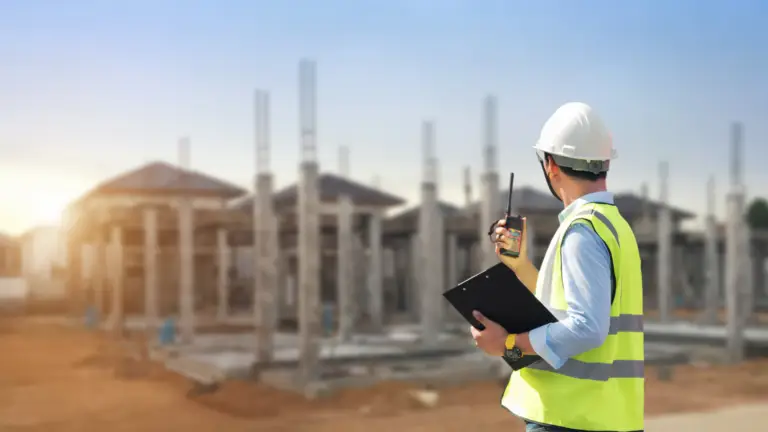When it comes to construction, finishes are much more than the cherry on top of the cake. They are the details that define the quality of a structure and the experience of those who inhabit it. Finishes go beyond aesthetics; they also influence the functionality, durability, and energy efficiency of a building. In this blog, we will explore the importance of finishes in construction and how to achieve high-quality results.
To view AH Construction’s projects click HERE
Finishes in Construction: More Than Aesthetics
1. Aesthetics and Personalization
Finishes are what bring a space to life. From choosing paint colors to selecting flooring materials and decorative details, finishes allow for personalization. Well-selected finishes can reflect the style and identity of the owners.
2. Functionality and Durability
Beyond their appearance, finishes also influence the functionality and durability of a building. For example, floor coverings must be durable and easy to clean, while paints must resist moisture and wear.
3. Energy Efficiency
The right finishes can contribute to a building’s energy efficiency. Choosing insulating materials and efficient windows can reduce heating and cooling costs, benefiting both the environment and your wallet.
Types of Finishes
1. Flooring and Wall Coverings
- Wood, ceramic, vinyl, marble: Material choice affects aesthetics and durability.
- Tiles, mosaics, and wallpaper: Patterns and colors breathe life into a space.
2. Paint and Wall Finishes
- The choice of color palette and textures can transform a space.
- Moisture-resistant paint is crucial in wet areas like bathrooms and kitchens.
3. Moldings and Decorative Details
- Crown moldings, baseboards, and decorative details add elegance and character.
- Architectural details can make a space feel unique.
Tips for Achieving Quality Finishes
- Detailed Planning: Define your aesthetic and functional goals before starting. This will prevent costly changes later on.
- Select Quality Materials: Opt for materials that are durable and suitable for their intended use.
- Professional Work: Finish installation requires skill. Hiring experienced professionals is essential.
- Regular Maintenance: Finishes require maintenance. Schedule inspections and preventive care.
In conclusion, finishes are a critical component of any construction project. They go beyond aesthetics and impact the functionality, durability, and energy efficiency of a structure. Careful selection and execution of finishes are key to achieving high-quality results that will endure over time. The next time you embark on a construction project, remember that the devil is in the details.
To view AH Construction’s projects click HERE




